Inside a Translanguaging Classroom: Building Success for Bilingual Learners
April 10, 2025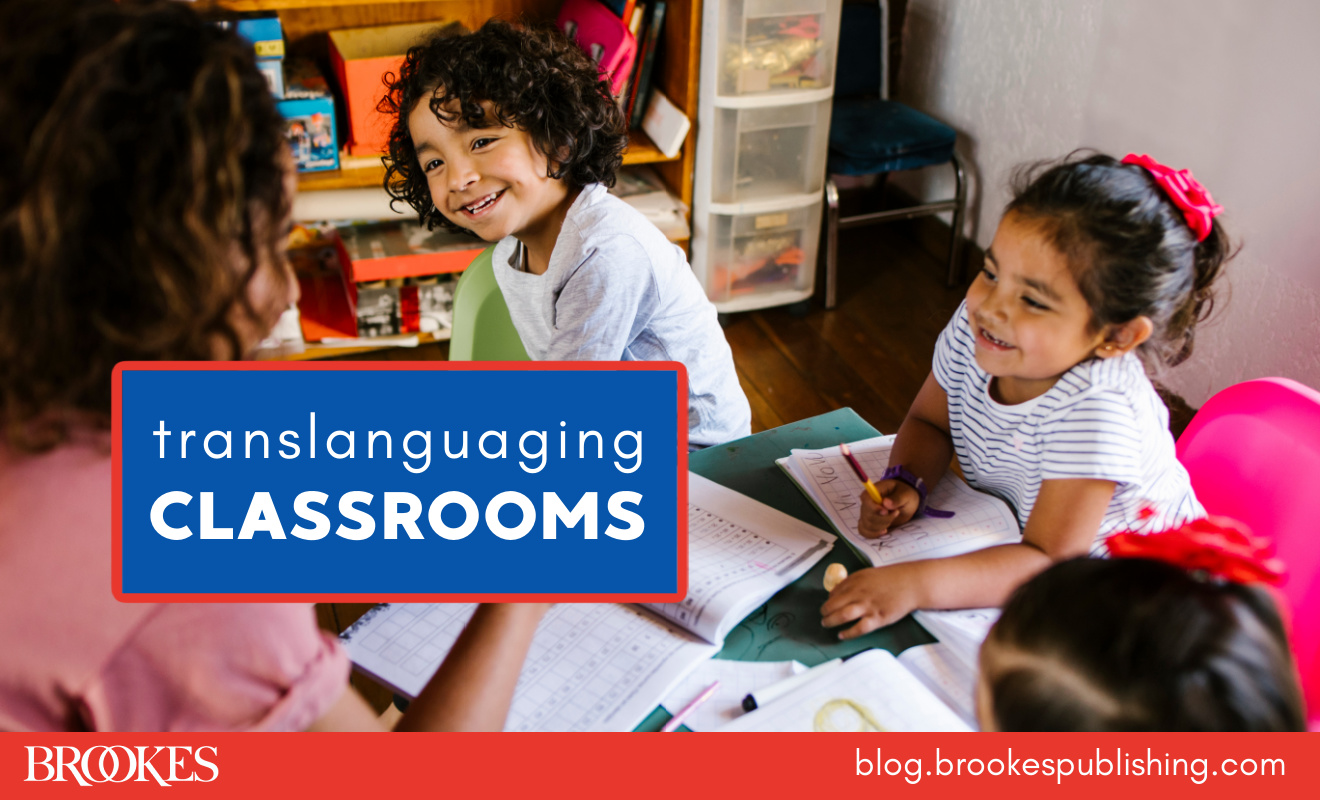
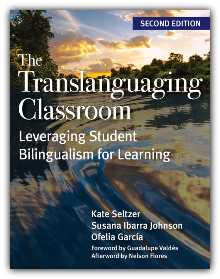 What is a translanguaging classroom? Kate Seltzer, Susana Ibarra Johnson, and Ofelia García, authors of The Translanguaging Classroom, Second Edition, define it as:
What is a translanguaging classroom? Kate Seltzer, Susana Ibarra Johnson, and Ofelia García, authors of The Translanguaging Classroom, Second Edition, define it as:
A space built collaboratively by the teacher and bilingual students as they use their different language practices to teach and learn in deeply creative and critical ways, as they develop their bilingualism.
Excerpted and adapted from The Translanguaging Classroom, Second Edition, today’s post takes you inside a classroom to show how translanguaging—using a child’s full linguistic repertoire to make meaning—can help build bilingual students’ success.
Carla’s Classroom
Carla teaches a fourth-grade dual-language bilingual class in Albuquerque, New Mexico, and all her students come from homes where Spanish, as well as English, and sometimes Indigenous languages are spoken. This elementary school program aims for bilingualism, biliteracy, and academic achievement in two languages. Carla was born in Puebla, Mexico, and came to New Mexico at age 10 with her family. She is bilingual and studied Spanish in high school and college as she pursued her bilingual education certification.
Most of Carla’s students are Spanish-speaking bilinguals, though their individual profiles are very different. For example:
- Moisés emigrated from Mexico to the United States 2 years ago and is considered a newcomer. Moisés is officially designated as an ELL, but we refer to him as an emergent bilingual. Though Moisés is developing his Spanish and English practices in Carla’s classroom, he prefers speaking Spanish.
- Ricardo, like Moisés, is considered a newcomer and is officially designated ELL. Ricardo is in the process of learning English. At home he speaks Spanish and Mixteco, the Indigenous language he spoke with his family and community in Mexico.
- At different points on the bilingual continuum are Erica and Jennifer, who were both born in the United States. Erica prefers to speak English, though her family does speak some Spanish at home, while Jennifer, a more experienced bilingual, feels comfortable using both languages to carry out academic tasks. Jennifer has also been diagnosed as having a learning disability and has an IEP.
As is evident, not all of Carla’s students are classified as ELLs (or emergent bilinguals). Her students’ bilingual performances are varied, and the students have a wide range of strengths within and across languages.
Traditional Teaching—and Its Limits
Although Carla was always comfortable translanguaging and saw its value in communicating with different family members, she was taught never to use it for instruction. Her teacher education program in bilingual education advocated that, unless there was a clear and separate space for Spanish, English would take over instruction and there would be little development of Spanish. In studying the dual-language model, she was told that teachers were never to put the different language practices alongside each other. She was taught to make sure that writing in English and Spanish never appeared together and to dedicate different parts of the room to the two languages.
At the beginning of her career, Carla taught strictly in Spanish in the morning and in English in the afternoon. She corrected students when they spoke the “wrong” language at the “wrong” time. She never brought multilingual resources into the classroom—she used Spanish resources during Spanish time and English resources during English time.
However, Carla quickly realized that despite all her strict rules about English here and Spanish there, her students were always using features from Spanish and English to make meaning, albeit surreptitiously. For example, during English time, they often whispered to each other in Spanish; when Carla approached, the discussion would simply stop.
Embracing Translanguaging
Carla decided to bring the students’ language practices to the forefront and build on them in the classroom. She encouraged students to use their entire language repertoire to learn and demonstrate what they had learned.
Though she maintained an official space for English and an official space for Spanish to provide opportunities for language development, she now opened up spaces for translanguaging in instruction. For example:
- She realized that Moisés and Ricardo benefit from having a translanguaging space because it scaffolds instruction, making it possible for them to engage with the classroom instruction when Carla is teaching in English.
- She also noticed that, at times when the instruction is in Spanish, Erica benefits from a translanguaging space. Erica deepens her understanding of what she is reading in Spanish during guided reading because she is allowed to use her full linguistic/semiotic repertoire to ask questions of the group and tell her own stories. Sometimes Erica uses gestures and drawings, besides features from English and Spanish, to share her experiences.
At the center of Carla’s literacy and language instruction during her (bi)literacy block is the sharing of human experiences, especially those of the neighborhood and land, el barrio y la tierra. The experiences of the New Mexico barrio where Carla’s school is located are deeply connected to the tierra because many of her students’ parents are farm workers.
Carla introduced a translanguaging space into her dual-language bilingual classroom through what she called “Cuéntame Algo,” which she describes as a time for bilingual storytelling when a translanguaging literacy activity takes center stage. Her instructional unit “Cuentos de la tierra y del barrio” focuses on stories of how students, families, and the local community are tied to their land and, by extension, to their traditions. Students discuss cuentos (stories) written by Latinx bilingual authors about land and traditions, as well as those told to them by family and community members, including abuelitos and abuelitas, grandparents whom Carla invites to her classroom. They also discuss video clips, music and other multimodal texts, as well as their own experiences and those of barrio residents in order to connect them to their land more closely.
Carla’s classroom is just one example of translanguaging. Translanguaging classrooms can be of any type—bilingual (dual language or transitional) or English-medium (ESL programs or mainstream classrooms). They can serve young children as well as older students. They can be used by any teacher: bilingual or monolingual teachers, “official” language teachers, or content teachers. Regardless of the specifics, whenever teachers effectively leverage students’ bilingualism for learning, they ensure that bilingual students and their resources are at the center of their instruction. By focusing on the bilingual students, they begin to level the educational playing field.
Take a deep dive into the why and how of translanguaging with the comprehensive guidebook behind today’s post!

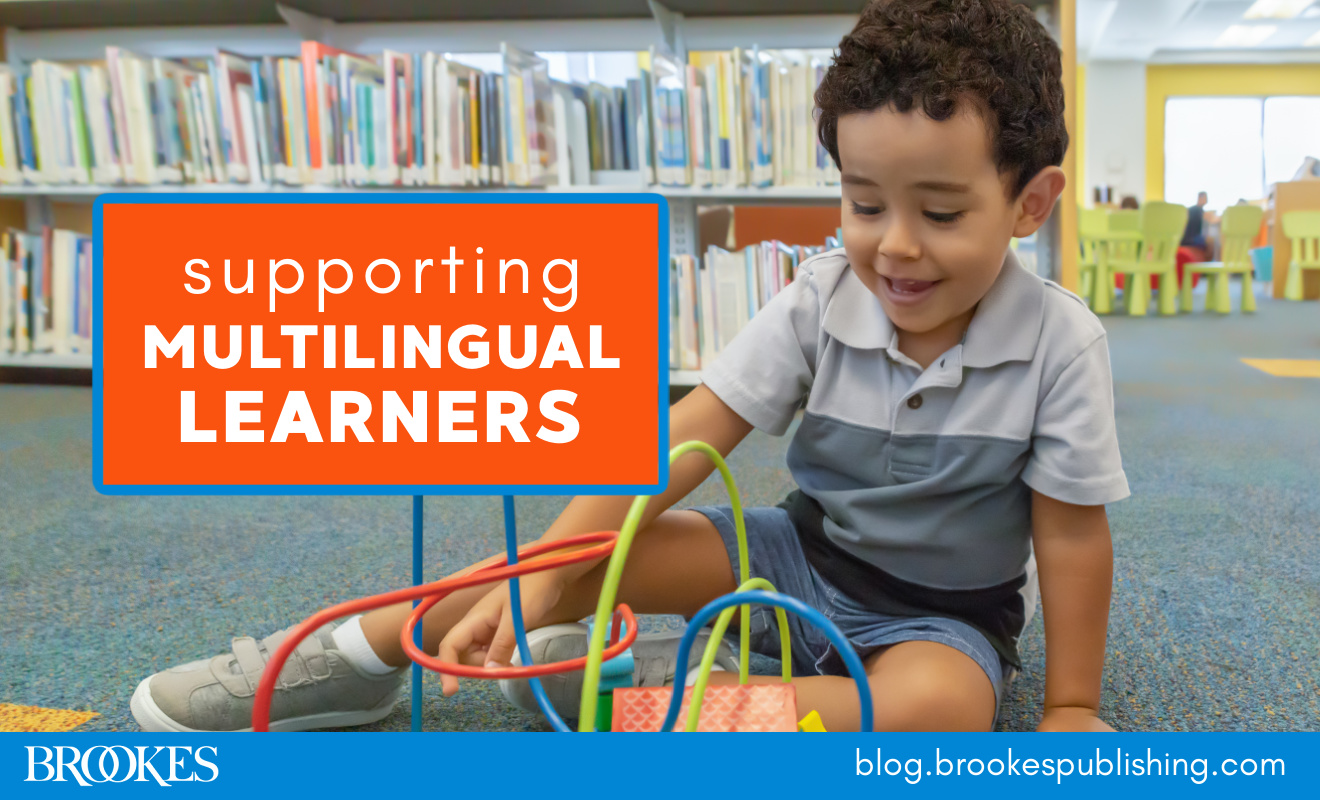
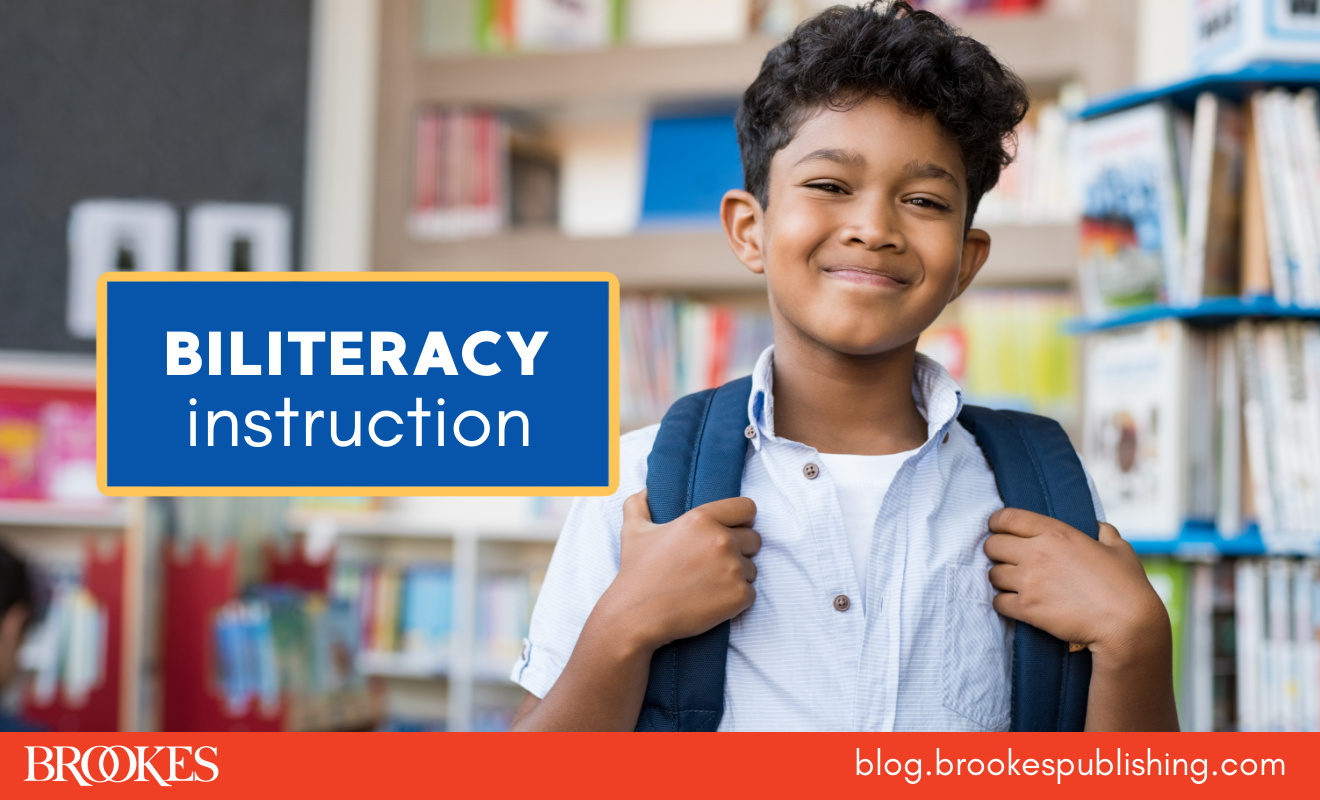
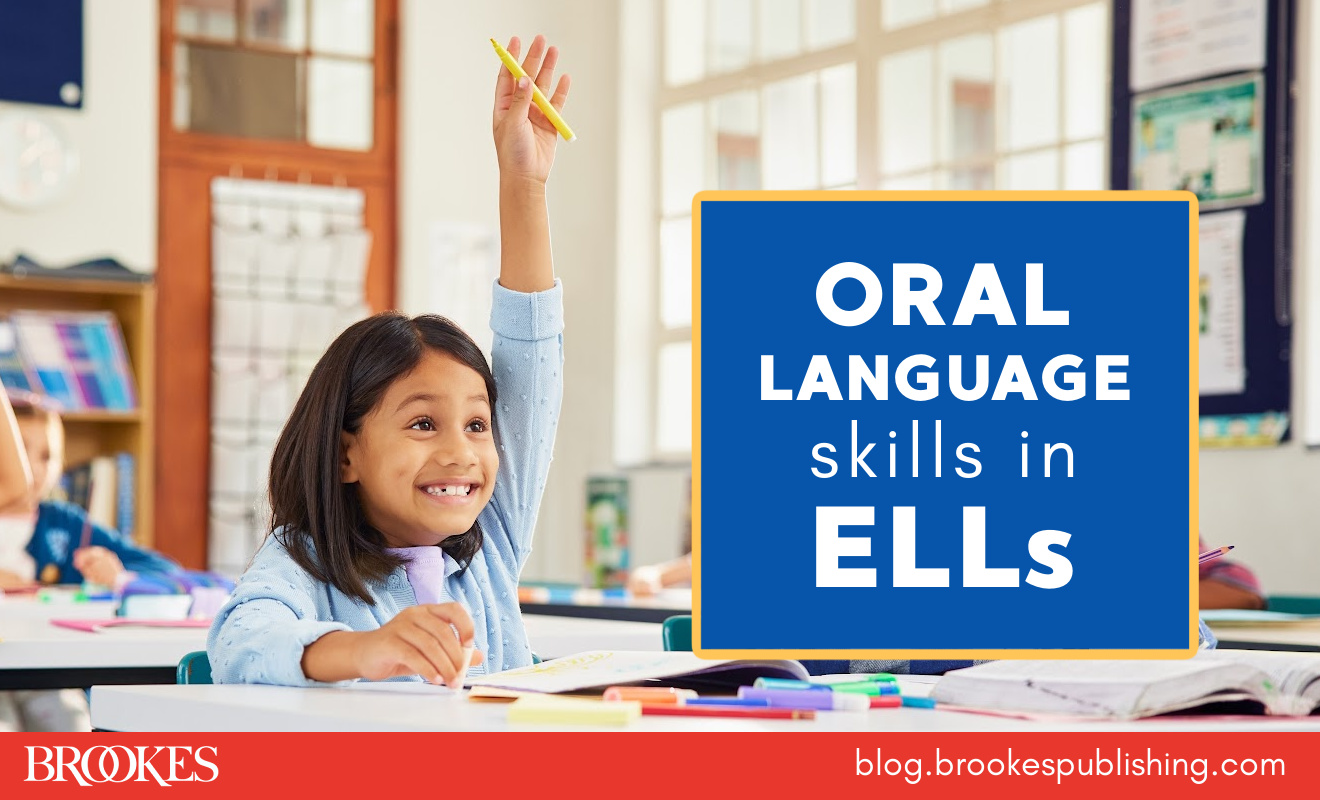
Write a Comment
Your email address will not be published. Required fields are marked *
Post a Comment